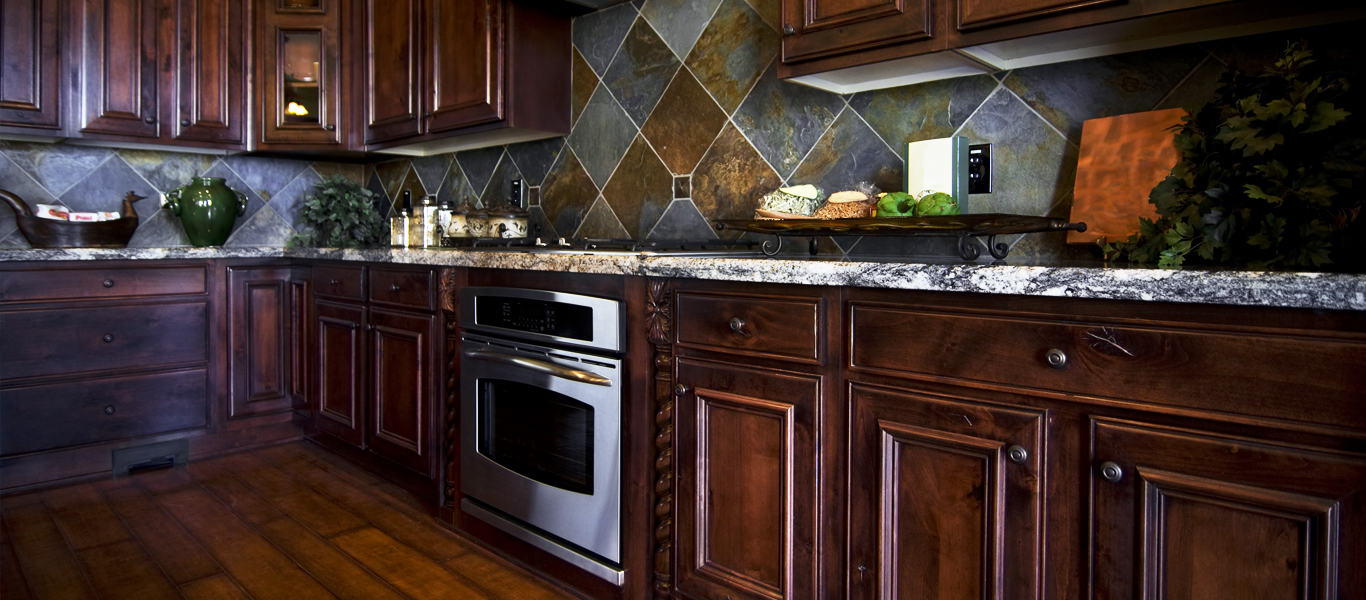Coatings, Paints & Inks Nerosol™: liquid dyes for the coloration of wood

Our Nerosol concentrates are specially selected predominantly metal complex acid dyes formulated into solution with glycol ether solvents, water, or ethanol. They are well suited for use in universal water and solvent borne systems for the coloration of wood and wood related finishes and coatings. Notably they offer excellent lightfastness, fast dry times, high color strength, low viscosity, and compatibility in a wide range of solvents.
Lightfastness
Most Nerosol liquid dyes are made with a metal-complex group reacted to the dye molecule. The metal-complex group significantly improves the lightfastness or resistance to fade of the product as compared to other dyes.
Although Nerosols have excellent lightfastness relative to dyes, they generally do not possess the fastness properties of pigments and therefore are not recommended for exterior paint and coatings applications. Also, the variation in wood, over-coats such as lacquers and varnishes, and the use of UV absorbers and inhibitors can significantly alter actual lightfastness performance.
Color strength
Nerosol dyes are true solutions, not dispersions, and therefore have very little or no filterable solid matter. However, they are high-strength concentrates with typical dye content of 20–35% relative to “pure” powder. The actual dye content may vary, as the product is quality controlled for color strength and not for solids content.
Solvent compatibility
All Nerosol dyes have good compatibility with a wide variety of solvents. They have complete solubility with alcohols, glycols, glycol ethers, and water. Additionally, they can be used in conjunction with formulations containing ketone, ester and aromatic solvents.
When using ketone and ester solvents, some alcohol or glycol ether should be incorporated into the formulation to help stabilize the dye solution. We recommend a minimum of 15-20% alcohol or glycol ether in this case.
In solvent recipes containing aromatic or aliphatic solvents, an alcohol or glycol ether solvent must be present in the formulation in higher concentrations than any combination of aromatic or aliphatic solvent. Ideally, there should be a 2:1 ratio of alcohol or glycol ether solvent in the formulation relative to the amount of aliphatic or aromatic solvent in order to maintain the dye in solution and prevent precipitation, seeding or color loss.
Wood stained with Nerosol dyes generally will not bleed when overcoated with most water-free finishes. In some cases, however, the dye may be attacked by particularly acidic or alkaline components of a finish, potentially resulting in color shift or color loss. This applies also in the case of peroxide containing finishes (polyesters). It is therefore always recommended that tests be conducted in the laboratory to determine suitability of the dye / stain recipes with particular resin over-coat.
Fast drying / flash point
Nerosol dyes are relatively fast drying, yet they have been formulated with flash points that allow them to be shipped as non-flammable in accordance with IATA and U.S. DOT regulations.
Nerosol US (Universal System) dye liquids are produced using HAPS free, lower flash point solvents and glycol ethers for added flexibility in final coating and finishes formulations. They are labeled as flammable. The Nerosol SN range is formulated with predominantly ethanol and to a lesser degree water.
Ease of use / low viscosity
Nerosol dyes are readily pourable, easily pumped liquid concentrates that quickly and completely dissolve in the intended solvent systems.
Storage stability
At room temperature and when kept sealed in original containers, Nerosol dyes should remain stable for a minimum of one year. If the dyes are exposed to prolonged cold or freezing conditions, some gelling or precipitation of the dye may occur. This can generally be reversed by heating the dye to approximately 100˚F (38˚C) and applying agitation.
